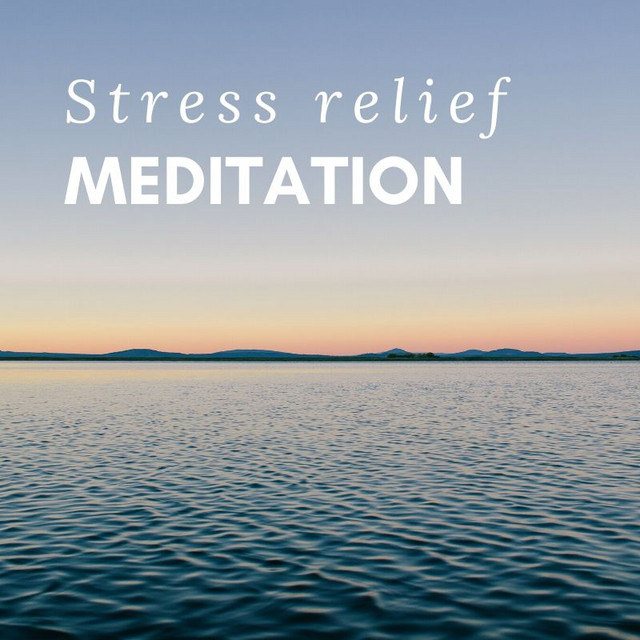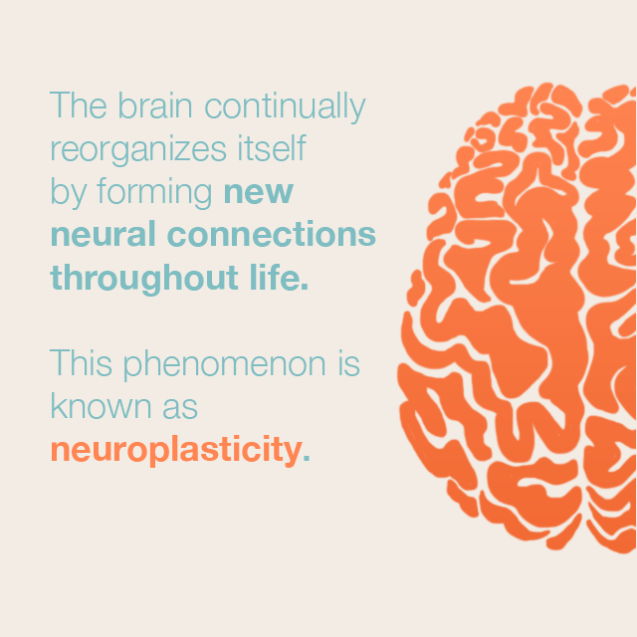
It is possible to practice mindfulness meditation whenever you wish. It is best to practice mindfulness meditation for a short time each day. Then, as you get more comfortable, you can increase your time. It is best that you set a timer to be followed. For beginners, a fifteen-minute session a day is sufficient. Once you are comfortable, you can do up to one hour per day. VIVAYA teacher Britt Gustafson recommends starting the day with five to ten minutes of mindfulness.
If you are practicing a daily mindfulness meditation practice, you can use it as a springboard for everyday life. If your child is in the bathtub, you can focus on their eyes and not your mouth. Try to relax when snuggling with your partner or significant other. You will be surprised at how often you will feel more content and less stressed. With practice, it is possible to unleash your creativity and start seeing the world clearly.

Mindfulness is a form meditation that offers many benefits to the body. Studies have shown that mindfulness can decrease stress response. Chronic stress can lead in many ways to depression and cardiovascular disease. You can reduce stress and improve your immunity. There are many mindfulness programs that will suit your needs. You can find many benefits of practicing mindfulness, which will help you live a more balanced life.
To practice mindfulness, the first step is to become aware of your breath. As you breathe, notice how your belly rises or falls. As you inhale and exhale, watch how your stomach temperature changes. You can also watch your thoughts and their effects on others. Be aware of your emotions and how you talk to others. This is the first thing you need to do to learn how to meditate effectively. Get mindfulness exercises free of charge and learn more.
There are many guided meditations available for download. Choose one that fits your needs. You can also listen to a 1-minute recording if you don't have time for meditation. For a more complex version, you can listen to a longer meditation song. These meditation tracks are usually available for download and can be found in various lengths. You can use them whenever you wish. It is easy to understand and can have a positive impact on your health.

Mindfulness meditation, which is becoming increasingly popular in psychotherapy and all forms of psychotherapy, is a form of mindfulness meditation. It helps people have a better understanding of their thoughts and feelings. It can also be beneficial for those suffering from anxiety or depression. It can help you to be more focused and lower your stress levels. You will be able focus on the present moment and improve your life. It is a great skill that will help to focus and control thoughts.
FAQ
What causes weight loss as we age?
How can you find out if your weight has changed?
When there is more muscle mass than fat, weight loss can occur. This means that daily calories should be less than daily energy. Activity levels are the most common reason for weight loss. Other factors include stress, illness and pregnancy. When there is more fat than muscles, it's called weight gain. It occurs when people consume more calories each day than they use. Overeating, increased physical activity and hormonal changes are all common reasons.
We eat less calories than we burn, which is the main reason our bodies lose weight. Regular exercise increases metabolism, which means that we burn more calories per day. This does not necessarily mean that we will get thinner. What is more important is whether or not our body is losing or gaining weight. If we are burning more calories than what we eat, then we will lose weight. However, if we consume more calories than we burn, we end up storing them as extra fat.
As we get older, our movement speed slows down and so we move less. We also tend to consume less food than when we were younger. As a result, we gain weight. On the flip side, we tend to have more muscle mass so we look bigger than we really are.
It's not possible to measure how much weight your body has lost without weighing yourself every week. There are many options for measuring your weight. You can also measure your waist, hips or thighs. Some prefer to use bathroom scales, while others prefer tape measures.
You can track your progress by weighing yourself at least once per week and measuring your waistline every month. To see how far you have come, you can take photos of yourself every few month.
You can also find out how much you weigh by looking up your height and weight online. If you're tall at 5'10", and weigh 180lbs, your weight would be 180.
How can I reduce my blood pressure
The first thing you need to do is find out what causes high blood pressure. Next, take steps that will reduce the risk. This could be as simple as eating less salt, losing weight, taking medications, etc.
Make sure you're getting enough exercise. Walking can be a good alternative to regular exercise if time is tight.
You should join a gym if you are unhappy with your exercise routine. You will probably join a gym where you can meet other people with similar goals. It's easier to stick to an exercise routine when you know someone else is going to see you at the gym.
Do I need calories to count?
Perhaps you are wondering what the best diet is for you. or "is counting calories necessary?" Well, the answer depends on several factors including your current health status, your personal goals, your preferences, and your overall lifestyle.
The Best Diet For Me: Which One Is Right?
My current health status, personal goals, preferences, and overall lifestyle all play a role in choosing the right diet. There are many diets out there, some good and some bad. Some diets work well for some people and others do not. What should I do? What can I do to make the right decision?
These are the questions that this article attempts to answer. This article begins with a brief overview of the various types of diets that are available today. Next, we'll discuss the pros and cons for each type of diet. Finally, we'll discuss which one is best.
Let's first take a look at different diets.
Diet Types
There are three main types of diets: low fat, high protein, and ketogenic. Let's look at each one briefly.
Low Fat Diets
A low-fat diet reduces the amount of fats you eat. This is done by reducing your intake of saturated oils (butter, cream cheeses, etc.). You can replace them with unsaturated oils (olive oil and avocados) Low fat diets are often recommended to those who wish to lose weight quickly. This diet can cause problems such constipation as heartburn, indigestion, and even stomach pain. If a person doesn’t receive enough vitamins from their foods, this can lead to vitamin deficiency.
High Protein Diets
High protein diets discourage carbohydrates and encourage the use of proteins. These diets have higher protein levels than other diets. These diets are meant to increase muscle mass, and burn more calories. However, they might not provide enough nutrition for those who need to eat frequently. They are not suitable for all people because they can be restrictive.
Ketogenic Diets
Ketogenic diets can also be known as keto diets. They are high-fat and low in carbs and protein. Athletes and bodybuilders use them because they allow them more time and harder training without feeling fatigued. They do require strict compliance to avoid any side effects like fatigue, headaches, nausea, and headaches.
Statistics
- This article received 11 testimonials and 86% of readers who voted found it helpful, earning it our reader-approved status. (wikihow.com)
- WHO recommends reducing saturated fats to less than 10% of total energy intake; reducing trans-fats to less than 1% of total energy intake; and replacing both saturated fats and trans-fats to unsaturated fats. (who.int)
- In both adults and children, the intake of free sugars should be reduced to less than 10% of total energy intake. (who.int)
- WHO recommends consuming less than 5% of total energy intake for additional health benefits. (who.int)
External Links
How To
27 Steps to a Healthy Lifestyle when Your Family Buys Junk Food
Cooking at home is the best way to eat well. However, many people are not skilled in preparing healthy meals. This article will show you how to make healthier eating choices at restaurants.
-
Select restaurants that offer healthy dishes.
-
Order salads and vegetables before ordering any meat dishes.
-
Ask for sauces without added sugar.
-
Avoid fried items
-
Choose grilled meats over fried.
-
You shouldn't order dessert unless it is absolutely necessary.
-
After dinner, make sure you have something to eat.
-
Take your time and chew slowly.
-
When you eat, drink plenty of fluids.
-
Don't skip breakfast and lunch.
-
Include fruit and vegetables with every meal.
-
Drink milk rather than soda.
-
Try to stay away from sugary drinks.
-
Reduce salt intake.
-
Limit the amount of time you eat at fast food restaurants.
-
If you can't resist temptation, ask someone to join you.
-
Don't let your children watch too much TV.
-
During meals, turn off the TV.
-
Do not drink energy drinks.
-
Take regular breaks from work.
-
Get up early and go for a run.
-
Do some exercise every day.
-
Start small and then build up slowly.
-
Set realistic goals.
-
Be patient.
-
Find time to exercise even if you don't feel like it.
-
Use positive thinking.